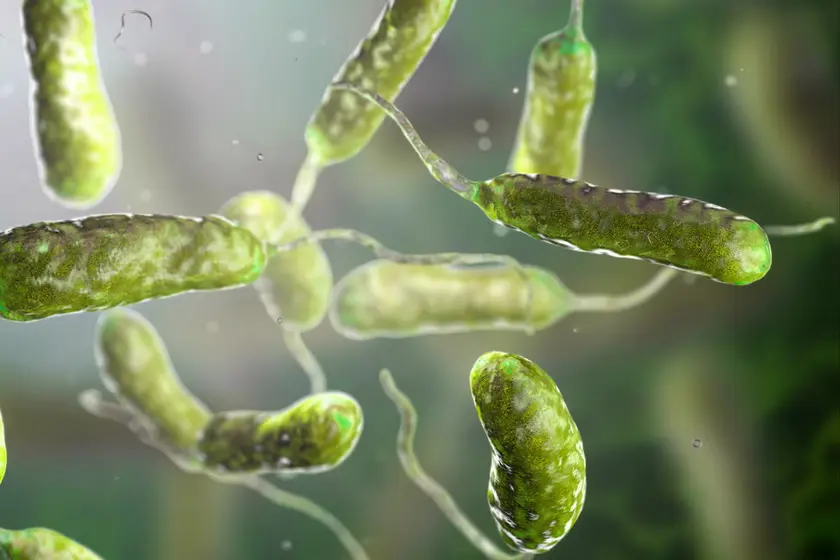T4K3.news
Florida reports second-most flesh eating bacteria infections
Florida records 16 Vibrio vulnificus infections across 12 counties with five deaths this year, while Louisiana leads with 17 cases.
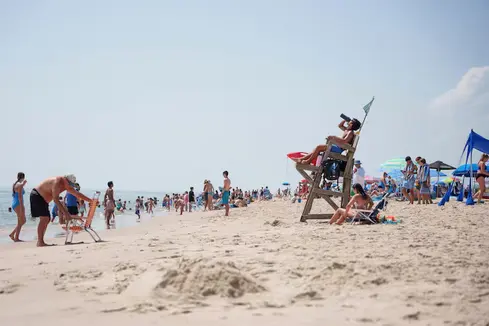
The Florida Department of Health reports 16 Vibrio vulnificus infections across 12 counties, with five deaths this year.
Florida records second-most flesh eating bacteria infections after Louisiana
Florida reports 16 infections caused by Vibrio vulnificus in 12 counties, with five deaths so far this year. The bacteria, which lives in warm seawater, can cause severe illness in people with open wounds or who eat contaminated seafood. Symptoms include watery diarrhea, stomach cramps, nausea, vomiting, fever and chills. Nationwide, the total is at least 60 cases, with Louisiana leading at 17 cases. The Florida cases highlight how coastal water exposure intersects with public health in a warm season. The Florida Department of Health and the CDC emphasize caution for anyone near saltwater or brackish water and for those handling raw seafood.
Health officials advise avoiding raw seafood and limiting time in coastal waters if wounds are present. They also urge careful hand washing after handling shellfish and using protective gloves for high risk individuals. People with wounds should cover them with waterproof bandages when near coastal waters or when handling raw seafood. These steps aim to reduce exposure during activities like swimming, fishing, or simply walking on the beach.
Key Takeaways
"Warm seawater invites this infection"
Environmental risk factor
"Protect wounds and skip raw seafood this season"
Public health guidance
"Public health messaging must be practical and clear"
Policy implications
"This year shows how coastal health and tourism intersect"
Economic and social impact
The data show a clear seasonal pattern where warm coastal waters increase infection risk. That pattern tests the resilience of public health messaging and beach safety campaigns in Florida and other coastal states. Officials must balance practical guidance with reassurance to keep beaches open and tourism flowing while preventing severe illness. As cases spread across multiple counties, local health departments may need more targeted outreach and resources to monitor at risk groups and respond quickly to new clusters.
Public health teams must communicate clearly about wounds, seafood handling and when to seek care. Sensible guidance can prevent serious outcomes without fueling panic. The story also underscores how climate influenced health threats are not distant risks but present concerns for communities that rely on the coast for livelihood and recreation.
Highlights
- Heat in the water invites new risks to coastal communities
- Protect wounds and skip raw seafood this season
- Public health messages must be practical and clear
- Coastal towns feel the impact when beaches mix danger with leisure
Public health risk from coastal bacteria
The report highlights multiple Vibrio vulnificus infections in Florida and a CDC warning on raw seafood and coastal water contact. The pattern raises concerns about coastal safety, beach activity, and the need for effective risk communication.
Coastlines remain a place of both joy and risk, and clear guidance helps people stay safe while enjoying the sea.
Enjoyed this? Let your friends know!
Related News
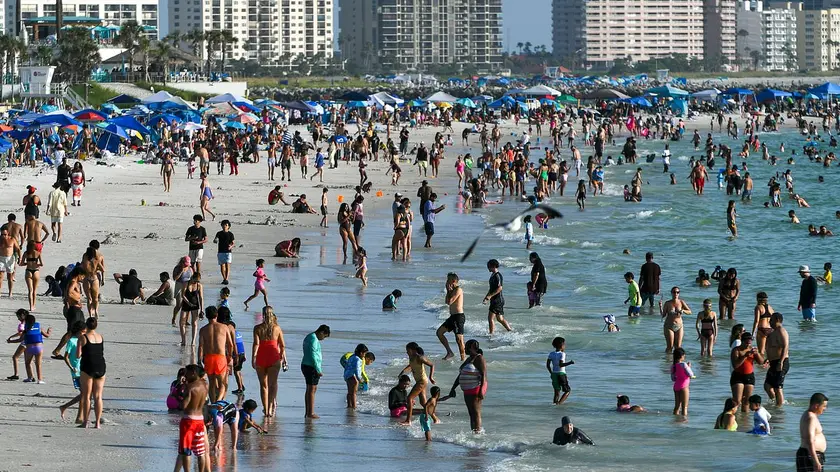
Flesh-eating bacteria outbreak in Louisiana

Flesh-eating bacteria outbreak reported in Florida
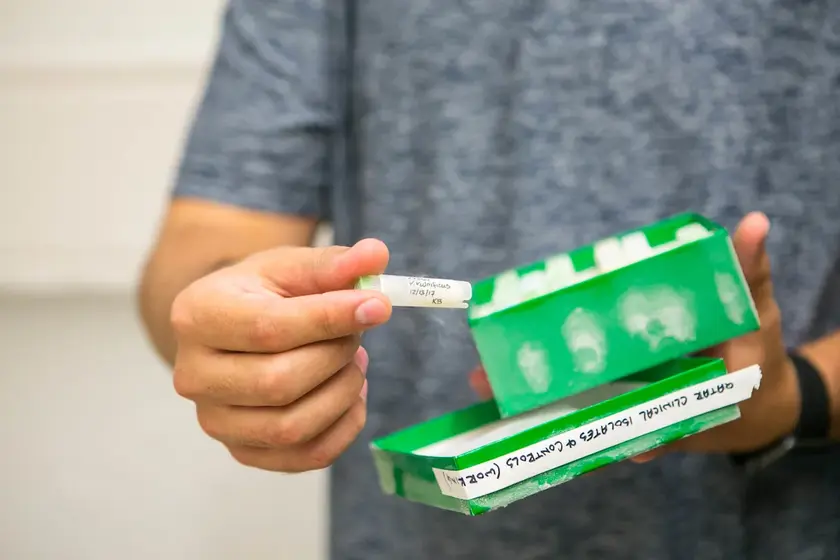
Four fatalities reported from flesh-eating bacteria in Florida

Health alert issued for Gulf Coast Vibrio cases
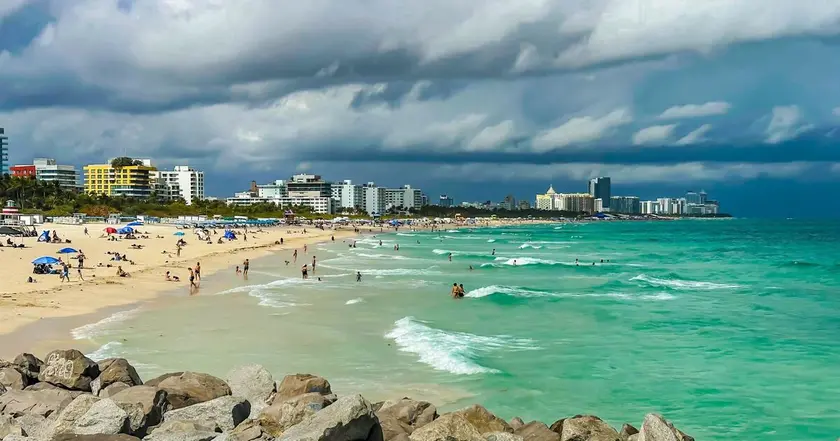
Four deaths reported from flesh-eating bacteria in Florida
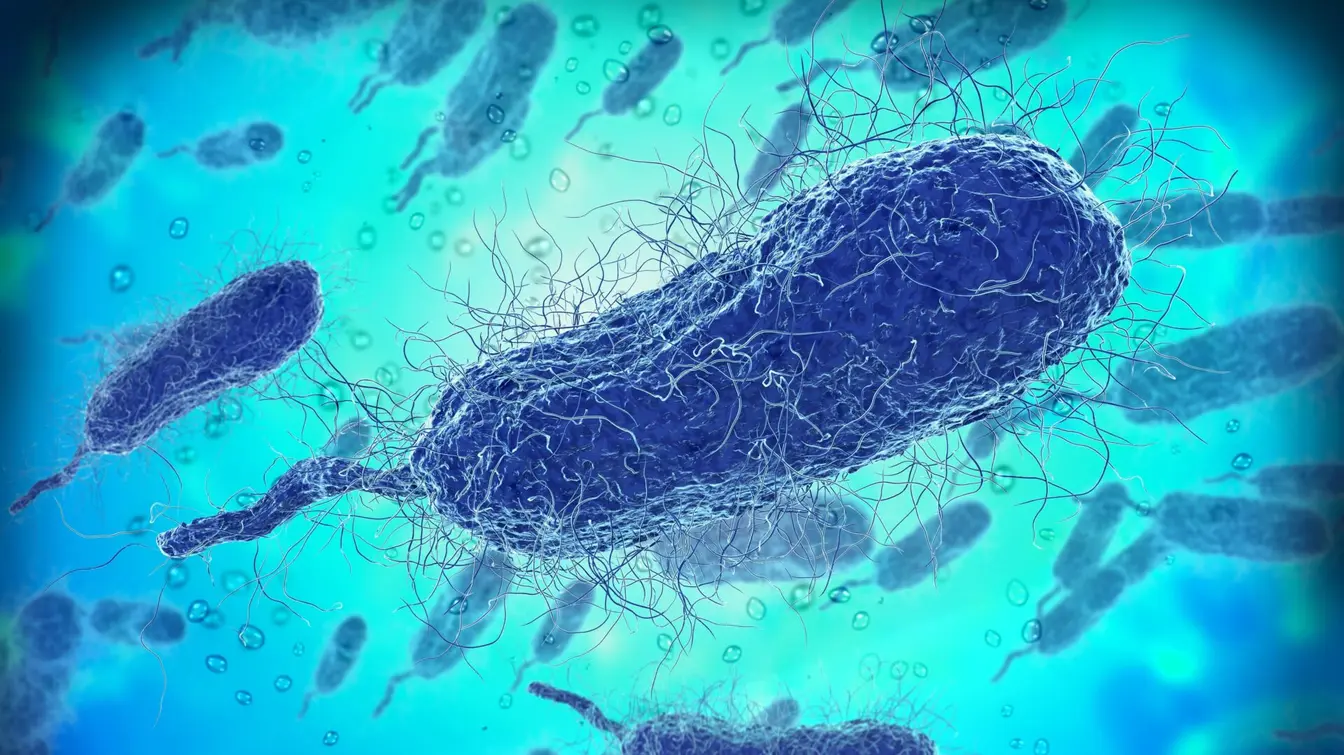
Flesh-eating bacteria cause four deaths in Florida
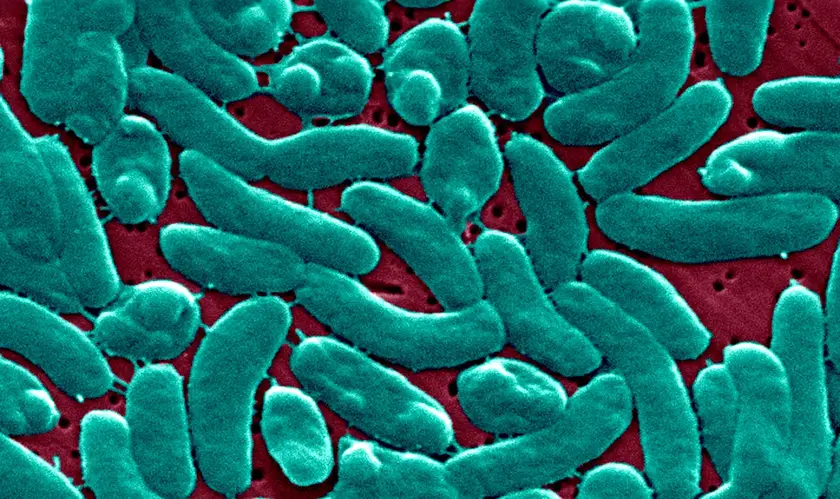
Four people die from flesh-eating bacteria in Florida
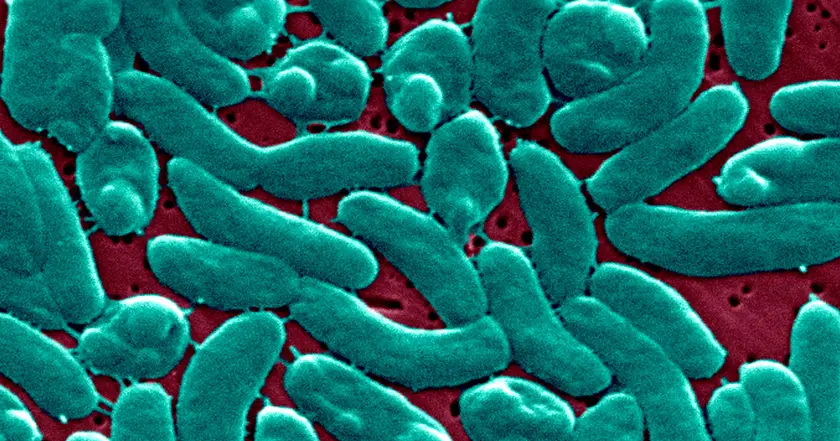
Four die from flesh-eating bacteria in Florida
